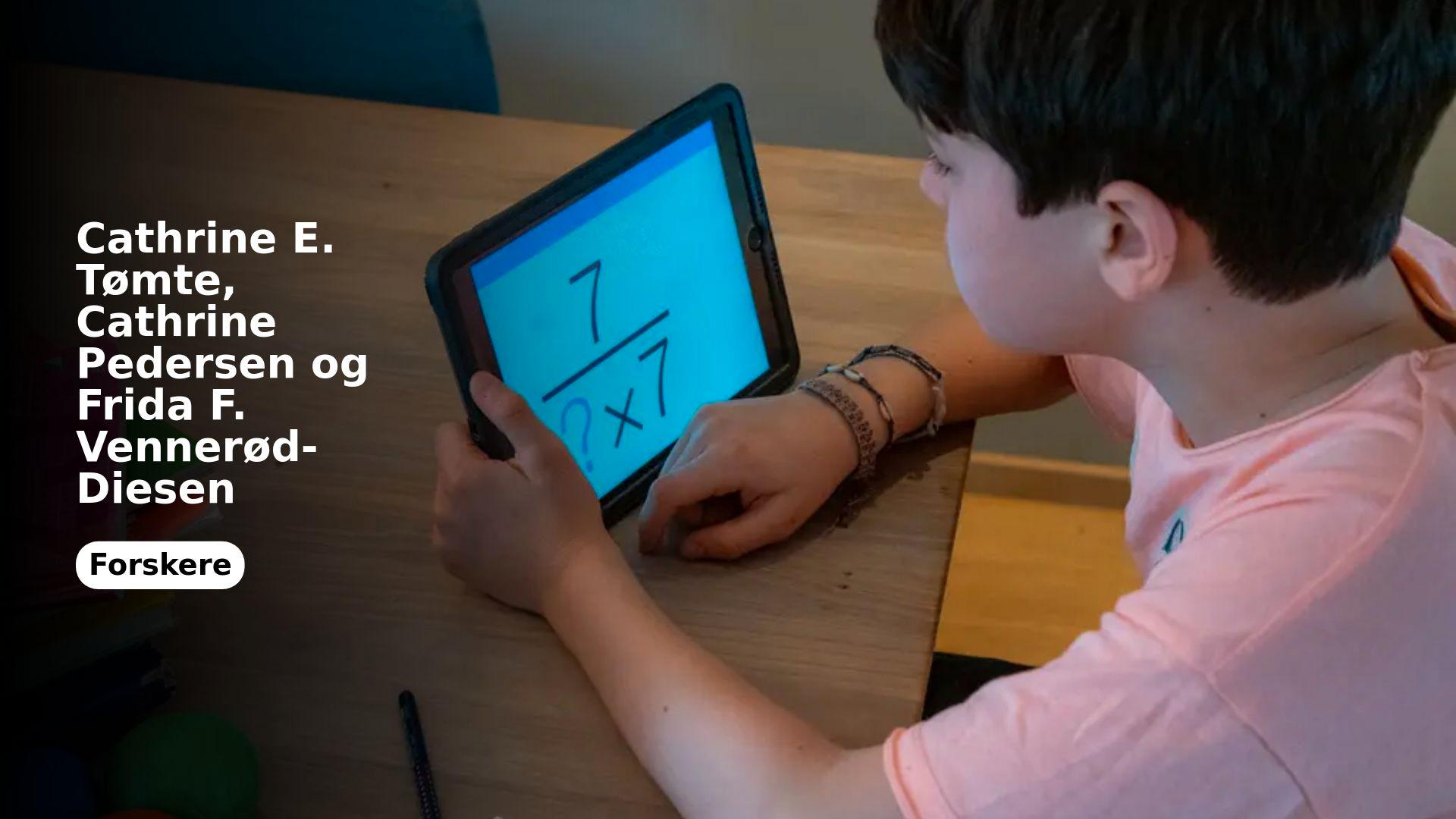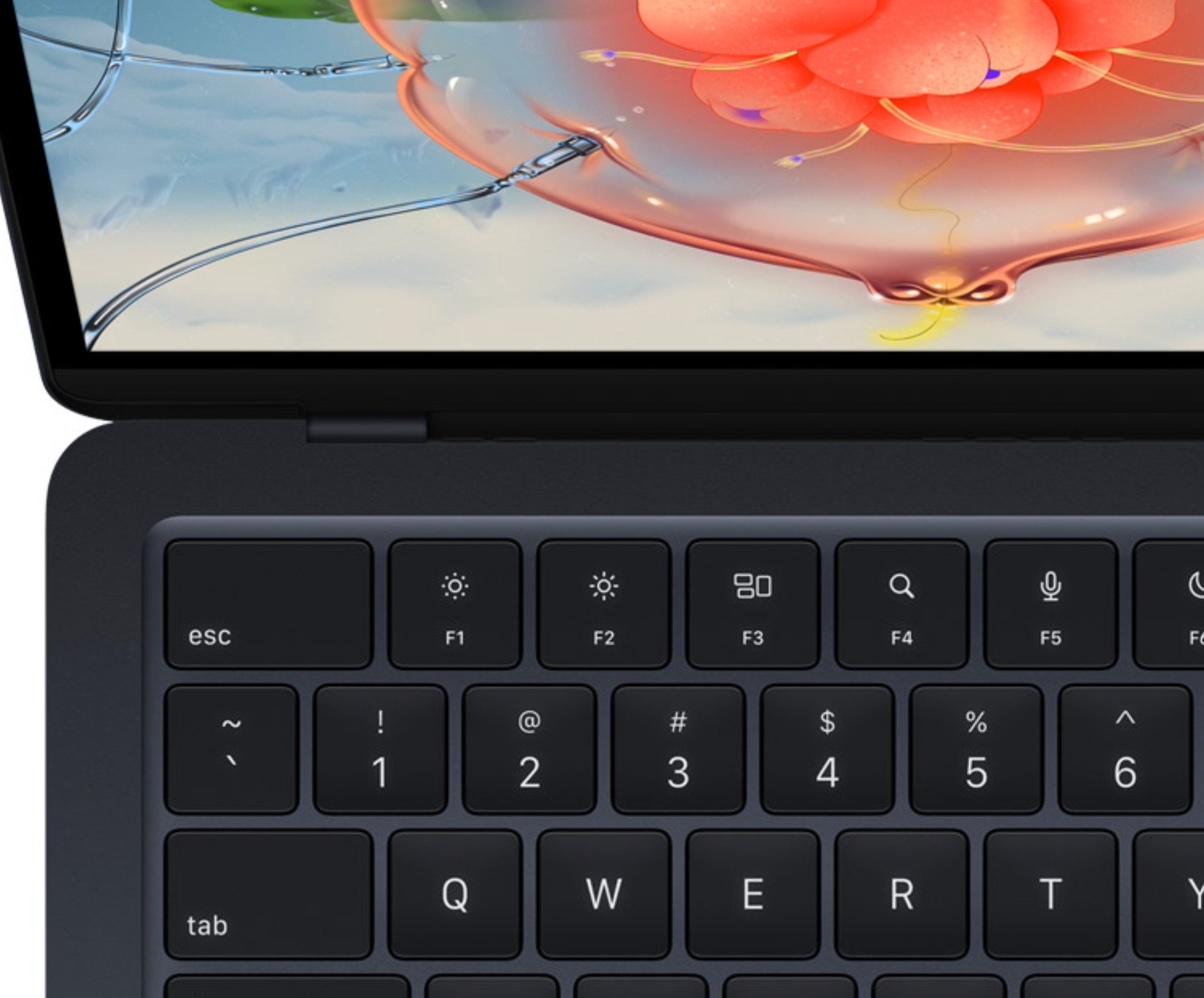
There has been research on this topic for years. Here are our findings from Asker.
“We need more documentation and research on the use of digital devices in school!”
The statement has become almost a mantra in the ever-growing group of parents who worry about how digital devices like iPads and Chromebooks will be used at school.
Especially when it comes to young children, the concern has become so great that more than 17,000 members participate in a public Facebook group. The authorities are now setting up a separate working group to investigate the relationship between screens, schools and children.
A piece of advice for journalists, not least politicians, is to ask researchers what we currently know about digital device use in schools. There has been research on this topic for years, in many countries, from different disciplines and with different scientific approaches.
Research abstracts, which are compilations of other research, have been created to extract findings across individual studies.
I searched in Asker
For our part, we have conducted research on and with the Askar municipality for six years.
During this period, the students had access to each of their digital devices in the school. There have been large-scale restructuring works for school owners, principals and teachers.
The educational objective of achieving appropriate educational use of these digital devices has not been fully achieved. It takes time to pedagogically adjust the course for the individual teacher and school. However, a lot has happened.
We see, for example, that schools and teachers are moving in the direction of more active teaching of students. At the same time, paper textbooks and digital resources are still needed to ensure diverse and adapted teaching.
Teachers should see the added value
The school owner plays his role to achieve this systematic educational development work. But change must also come from the teachers themselves. Educators simply need to see the added value of using the digital resources available.
This added value varies between subjects and levels. In such contexts, the professional community becomes important. Fellows can then show the way and collaborate in developing good and varied teaching plans where students are energized in their learning.
In addition, formal continuing education courses can be beneficial.
Our findings suggest that teachers with a long history of teaching with both analog and digital resources use Chromebooks in a more targeted and limited manner, which in practice reduces screen time.
Implementing this diverse teaching will be difficult if tight municipal funding means phasing out physical books in favor of digital textbooks.
Change through dialogue and participation
In specialized literature, these processes of change are often referred to as top down And Bottom-up initiative. Both processes are important for bringing about change, by creating dialogue and participation.
However, our findings reveal that although the school owner was active in both facilitating skills development and developing digital resources for use in this work, there was less time and space locally in the schools.
The pandemic and the introduction of new approaches may have affected this process. At the same time, we also know that change takes time.
Meet the parents early
When Chromebooks were first implemented in the municipality, several meetings were organized with the Parents Action Committee (FAU).
The aim was to inform parents of both the hands-on introduction of Chromebooks and whether the research results could say something about whether individual coverage of digital devices in school contributed to more and better learning.
In such meetings, we also took part in the research team – to explain more about the study itself and to answer questions.
Such a dialogue was meaningful. Important clarifications about expectations of screen time for the youngest, use of digital learning resources and privacy are identified and discussed.
Thus, an important finding relates to the importance of involving parents as early as possible when it comes to introducing individualized coverage in schools.
At the same time, both the use of tools and the people in the parent group change from year to year. This means that it is important to ensure this parental involvement also after the operation.
Support educational processes
Last fall, researchers from several Norwegian educational institutions published a collection of previous research on the so-called GrundDig report.
Both our findings and the GrunnDig report point to an important point: It is not the tools themselves that provide learning, but how the teacher uses them pedagogically with students.
So we’re back to the start: It doesn’t make sense to study the effects of digital devices in the classroom. The way the teacher uses these purely pedagogical methods is central.
If digital devices support educational processes where both teachers and students are active, it starts to look like something.
Then students can be exposed to greater diversity in teaching. They can work individually and as a group, digitally and on record, on tools and on paper.
Skill development
Such an approach is not provided. What works for a mathematics teacher at the primary level does not necessarily work for a teacher of French at the secondary level. Subject-specific educational considerations also come into play here.
Therefore, it is not as rational to promote a common pedagogical method of active teaching of students to all teachers as it is to argue that digital tools should be used in one and the same way.
Instead, we must trust that teachers themselves are able to make appropriate use of the various educational resources.
In order to achieve this, it is a matter of allowing teachers to participate in relevant competency-enhancing measures.
Children need both
To date, investment in digital competence at Teachers College has been highly fragmented and under-focused.
So we think it makes little sense to investigate so-called screen time in isolation. Instead, authorities and school owners should organize and support teachers in their educational development work.
Increased digital proficiency helps teachers become better at taking advantage of the educational opportunities available through the screen – as well as books, pencils and paper.
And so it was said: children need both.

“Web specialist. Lifelong zombie maven. Coffee ninja. Hipster-friendly analyst.”


